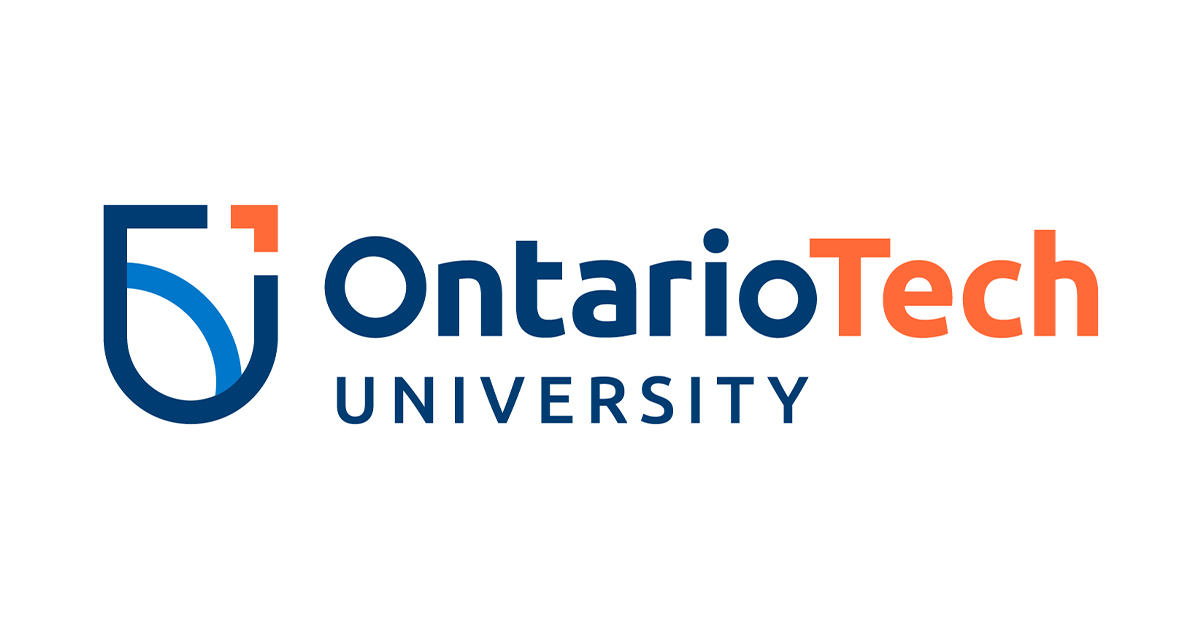How to Create an Accessible Learning Experience
October 27, 2021
Written by: Aaleen Zhera, Megan Chesney, and Tara Black
From transitioning to remote learning, to now having the opportunity and privilege to start our return to campus, there are a variety of ways in which we are currently receiving our education, via online through video format or in person. Everyone has felt a shift in their study style, work ethic, and overall education since the original transition to online learning; and maybe you had the opportunity to gain new knowledge of how you study best since our classes were last virtual. Now with lectures returning in person as well as continuing virtually, here are some ways in which you can make your online learning and in-person experience more accessible for you! Just because the university is transitioning between two learning formats does not mean you can’t adjust it for your ease regardless of whether we are learning in person or virtually. Some of these programs are available for anyone to download, and others are available for those who have a disability and are connected with Student Accessibility Services (SAS).
Adapt Your Classroom
Google Read&Write Chrome Extension
This is a free chrome extension that is a text-to-speech reader allowing you to hear any passage; this can be very helpful for gaining information from textbooks through listening.
Canvas Speech Transcript
Canvas Media Gallery allows the option of displaying a transcript of the recorded video, allowing it to be accessible for those hard of hearing, or those who simply want to read instead of listening. If your professor currently does not allow captions, feel welcome to request them to add this feature!
Adjust Your Online & Physical Settings
Fine-tuning your online settings and workspace can go a long way in making remote learning as comfortable as possible. Adjust the text font to larger or smaller sizes as needed, as well as turning on the Night-Time setting for your screen (in both Mac and Windows ) to reduce strain from blue light emitted from our laptops. Along with adjusting your computer settings, adapting your physical workspace is something to consider. Consider adjusting your laptop positioning to prevent neck strain, a comfortable chair/seating, and good lighting to do work. Having a dedicated workstation and removing any distractions can help make your online learning experience more efficient.
Google Meet & Zoom Captions
Google Meet and Zoom have made their online experience more accessible in the past year. Google Meet has automatic captions available during meetings. Click the three dots on the bottom of the meet > choose “Turn On Captions” next to the CC symbol > select your captions. Or simply press the CC button at the bottom of the meeting. Google Meet also enables you to select the language of the captions for your language of preference. Similarly, on Zoom, a CC option will be available on the bottom menu bar where you can toggle to have live captions playing and adjust the text size.
GoodNotes
GoodNotes is a free app available for iOS where you can place all of your lecture content, annotate them, and handwritten notes all in one place for your ease and organization.
Otter.ai
Otter.ai is a free website that allows for fully automatic recorded transcripts of online meetings which can be stored or uploaded afterward for your access.
AS Equipped Software
These extensions are paid and can be available, when appropriate, for students who are registered with Student Accessibility Services for accommodation.
JAWS (Job Access With Speech)
A high-functioning screen reader in combination with braille output for those with low vision who are unable to use a mouse.
SONOCENT
An audio notetaker aimed to ensure nothing is missed in a live lecture or meeting.
DRAGON
Speech recognition software to dictate, conduct commands on your computer, including transcribing recordings.
Kurzweil 3000
Kurzweil® 3000 contains a word processor that reads text word by word, phrase by phrase, or sentence by sentence (speed is adjustable), various dictionary options, Internet-based reading, highlight, and note-taking features, and a spoken spellchecker.
Do You Need Accommodations?
The accommodation process all starts with booking an appointment with the Student Accessibility Services! If you have medical documentation stating your area of aid or are in the process of exploring a diagnosis, they are more than happy to help. This also goes for temporary disabilities; if you have broken a bone, had a concussion, or experienced another situation that has impacted your ability to learn at the university, you may be granted accommodations. If you had an IEP in high school, this may be transferable to your university experience as well. Student Mental Health Services are also always here to listen to you and any issues you may be having, and they may also redirect you to SAS when applicable. The key reminder here is that accommodations are to ensure an even playing field for every student and to accurately demonstrate your learning!. More information and a list of documentation forms to start your personalized university plan can be found at:
studentaccessibility@ontariotechu.ca
Student Accessibility Services website
905.721.3266
This article is brought to you by the Anti-Ableism Equity Advocates.
Equity Advocates are students interested in a broad range of human rights issues, including sexism, racism, ableism, transphobia, homophobia, sexual violence, and more. The Equity Advocates develop and deliver student-led initiatives to promote an equitable living, learning, and working environment for Ontario Tech students.
The Anti-Ableism Equity Advocates are focused on breaking down the stigma around disability at Ontario Tech, educating students on how to make inclusive spaces, and improving student knowledge of Student Accessibility services on-Campus






